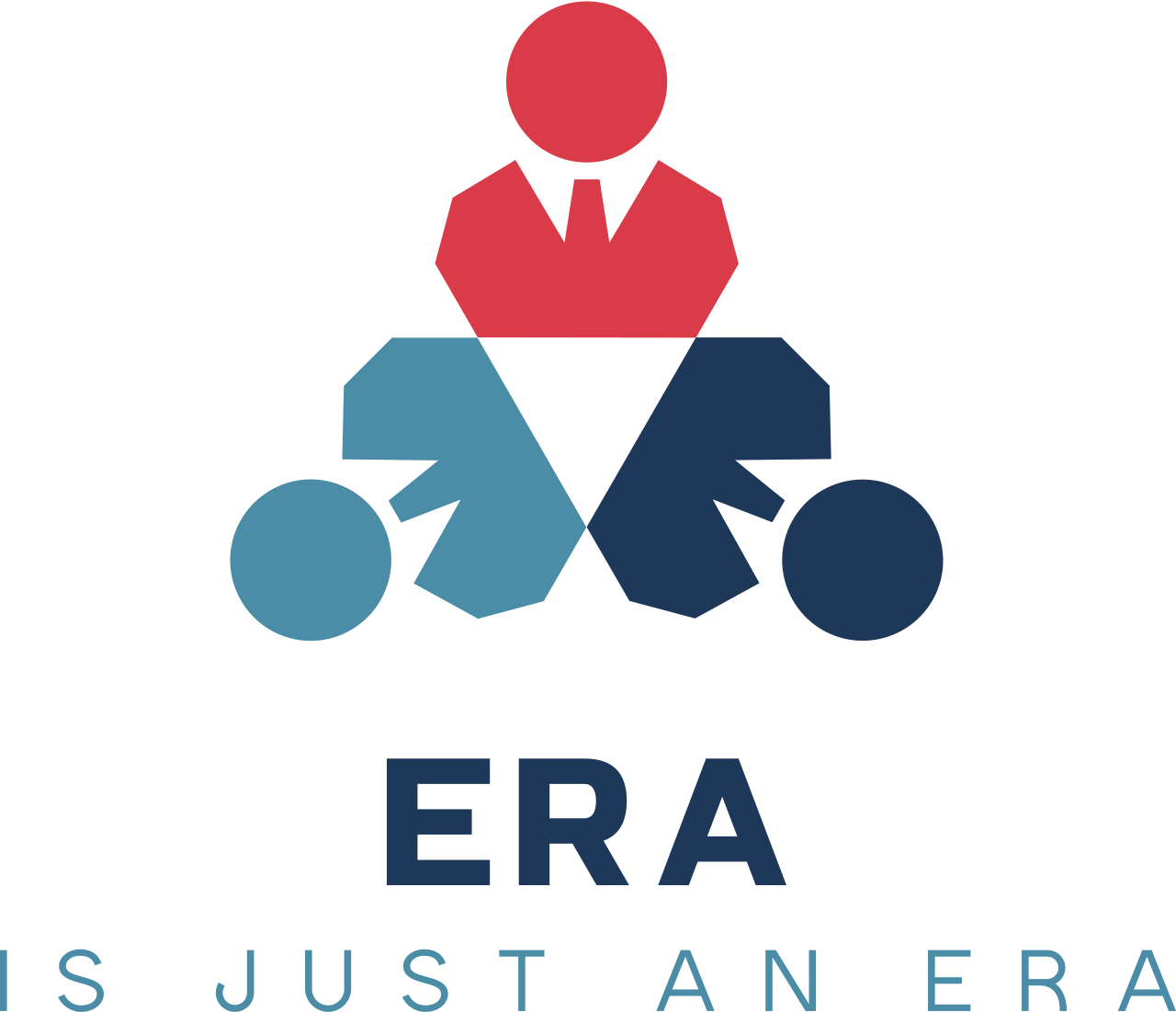Innovative Synergy in IT & Digital Transformation
How can the simultaneous occurrence of workforce reductions in some companies and aggressive recruitment plans in others be interpreted in terms of strategic business realignment and labor market demands in the IT industry?
In today's rapidly evolving business landscape, organizations are reimagining the role of their IT and digital departments. A new wave of thought leadership is advocating for a fusion of technical and business expertise within these teams. This integrated approach enables companies to not only leverage advanced technologies such as artificial intelligence, analytics, and modern app development, but also to ensure these innovations align perfectly with overarching business goals.A key understanding emerging in recent discussions is the equal importance of business acumen alongside technical skills. This dual-focus is transforming how digital leaders assign roles and responsibilities. Leading digital executives are now tasked with placing top talent in positions where their technical expertise and business insights can have the greatest strategic impact. This initiative is intended to forge stronger connections between IT teams and other critical areas of the business, such as sales and customer engagement. Such integration facilitates a proactive approach to both embracing new technological trends and responding to non-technological market shifts, ensuring that companies remain agile and competitive.Equally critical is the concept of adopting fluid organizational structures to support agile digital transformation. Rather than relying on traditional hierarchical models, businesses are now reshaping their internal frameworks to become flatter, more dynamic, and less rigid. This shift not only supports swift adaptation to new digital challenges but also helps sustain legacy operations that remain essential to the day-to-day functioning of a company. The trend towards more dynamic structures underscores a broader organizational transformation where every employee becomes a stakeholder in digital transformation initiatives. The move away from rigid hierarchies enables more effective collaboration between IT leaders and other internal business heads, even reaching the strategic level of chief executive officers.Together, the emphasis on combining technical and business expertise with fluid, adaptive organizational structures is redefining the future of digital leadership. Companies that adopt this innovative approach are better positioned to navigate emerging opportunities and threats posed by rapidly evolving technologies. This strategic realignment not only empowers IT and digital teams to drive business value but also fosters an environment where every member of the organization plays a role in its digital evolution.
